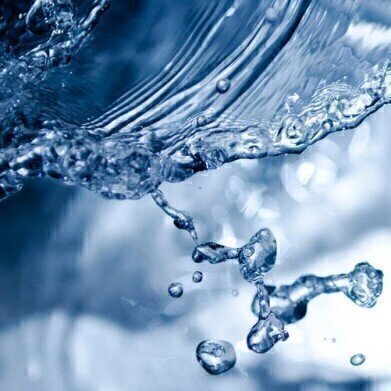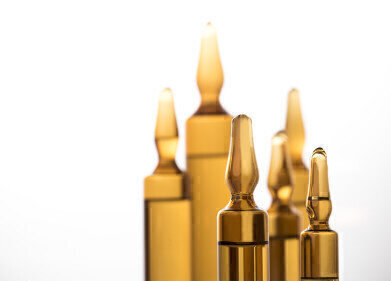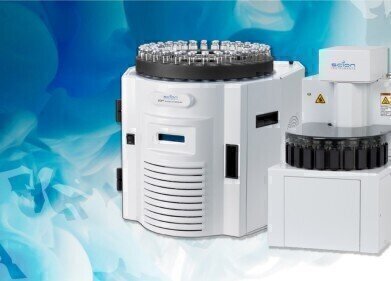Industrial News
New Use for Hydrogels - Chromatography Explores
Aug 07 2018
Hydrogels are one of those products that we use but aren’t necessarily aware of. They have uses both as household goods and in many scientific and technical applications. Hydrogels have also found a use in many chromatographic applications including electrophoresis and the separation of peptides and proteins. The analysis of peptides by chromatography is discussed in the article, Enhanced Sample Preparation: Precision Peptide Mapping and Quantitation Using UHPLC and Mass Spectrometry.
But, what are hydrogels, how are they used and what new uses are scientists finding for them? Read on.
Hydrogels – a primer
Hydrogels are one example of a smart material, a material that can change in response to its environment. In the case of hydrogels, they can alter their properties based on properties like temperature, pH of their surroundings or the salt balance surrounding them. They are crosslinked polymers that contain hydrophilic groups – groups that just love water.
One common use for hydrogels is as lining for nappies. The type of hydrogel used in nappies is called sodium polyacrylate, containing a carboxylic acid group – and it is great at absorbing water. When water is added – by the baby – the sodium ions are removed leaving negative ions along the polymer backbone — these repel and the polymer uncoils. In jump the water molecules that are attracted to the negative charges on the backbone by hydrogen bonding. A hydrogel can absorb up to five hundred times its weight in water. Two medical uses for hydrogels include as wound dressings and as a drug delivery system.
Categories of gels
Two categories of hydrogels are synthetic and natural hydrogels. Collagen, fibrin and hyaluronic acid are examples of natural hydrogels. Natural hydrogels are used in extracellular matrixes to provide structural and biochemical support to cells. This means natural hydrogels are good to use in tissue replacements systems in the body.
Synthetic hydrogels such as polyethylene glycol and poly vinyl alcohol are more stable and reproducible for manufacturers than natural hydrogels. This means that they are easier to tune for specific applications where small environmental changes can affect the hydrogels. Consequently, it is synthetic hydrogels that are used in more commercial applications like nappies, contact lenses and a potential new application – cleaning contaminated water.
Hydrogels cleaning up?
A recent paper published in ACS Nano - Nanocolloidal Hydrogel for Heavy Metal Scavenging – describes how Canadian scientists have combined two materials – hydrogels and nanoparticles – to help clean up polluted water. Contaminated water is a major issue in many developing countries, and previously hydrogels have been used to help clean the water from heavy metals like mercury.
Now, the Canadian scientists have combined the easily recycled hydrogels with other heavy metal scavengers – nanoparticles. The combined nanofabricated hydrogels can be tuned to scavenge different pollutants with a higher capacity than standard hydrogels. They are working to increase the number of different metal ions that can be scavenged and focusing on specific applications.
Digital Edition
Chromatography Today - Buyers' Guide 2022
October 2023
In This Edition Modern & Practical Applications - Accelerating ADC Development with Mass Spectrometry - Implementing High-Resolution Ion Mobility into Peptide Mapping Workflows Chromatogr...
View all digital editions
Events
ACS National Meeting - Fall 2024
Aug 18 2024 Denver, CO, USA
Sep 04 2024 Chiba, Tokyo, Japan
Sep 04 2024 University of Warwick, Coventry, UK
Sep 10 2024 Rockville, MD, USA
Plastics Recycling World Expo Europe
Sep 11 2024 Brussels, Belgium














